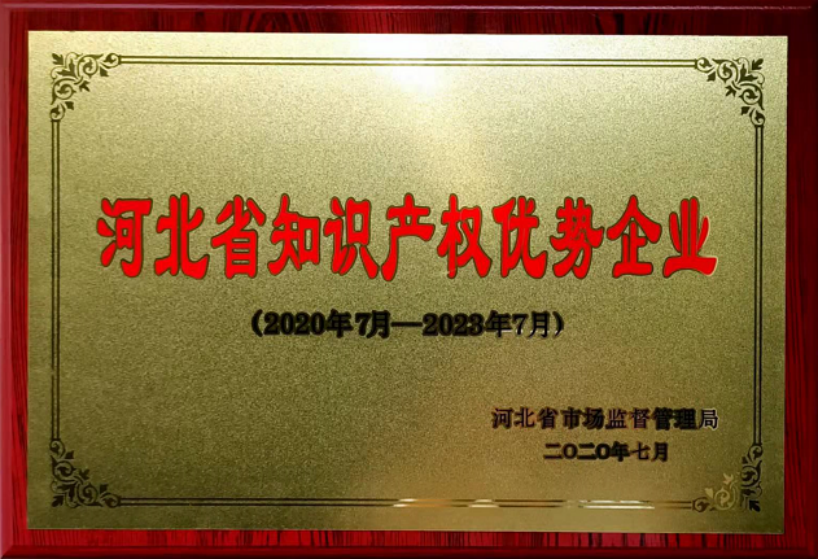
Oct . 21, 2024 00:05
Back to list
Understanding the Function and Importance of Pressure Reduction Devices in Systems
Understanding Pressure Relief Devices Importance and Functionality
Pressure relief devices (PRDs) are critical components in various industrial applications, designed to protect equipment and systems from excessive pressure. These devices play a vital role in ensuring safety, efficiency, and longevity in processes that involve pressurized vessels, pipelines, and other containment structures. As industrial operations advance, understanding the importance and functionality of pressure relief devices becomes increasingly essential.
What are Pressure Relief Devices?
Pressure relief devices are mechanisms specifically engineered to prevent the buildup of pressure that can potentially lead to catastrophic failures. In industries such as oil and gas, chemicals, pharmaceuticals, and food processing, managing pressure is crucial to safeguard both personnel and equipment. Common types of PRDs include pressure relief valves (PRVs), rupture disks, and safety valves.
Pressure Relief Valves (PRVs) These are automatic devices that open at a predetermined pressure setting to allow excess pressure to escape, thereby protecting the system. They are commonly used in systems where the pressure fluctuation is continuous.
Rupture Disks Unlike PRVs, rupture disks are non-reclosing devices that consist of a diaphragm that bursts at a specific pressure to release contents. They are typically employed in situations where rapid pressure relief is necessary, such as in chemical reactors.
Safety Valves These are similar to PRVs but are often used in steam services or gas applications. They are designed to pop open at a specific pressure, allowing a quick release of pressure to prevent damage.
.
1. Safety The primary function of pressure relief devices is to ensure safety. They prevent overpressure scenarios that could lead to explosions, equipment failures, and hazardous material releases. By allowing controlled pressure relief, PRDs minimize the risk of accidents, protecting both workers and the environment.
مخفض الضغط

2. Regulatory Compliance Many industries are subject to stringent regulations regarding pressure management. PRDs help companies adhere to these safety standards, ensuring that operations are compliant with occupational health and safety regulations. Failure to implement adequate pressure relief systems can lead to legal repercussions and significant financial losses.
3. Equipment Protection Excessive pressure can damage critical equipment, leading to costly repairs and extended downtime. Pressure relief devices act as a safeguard, extending the lifespan of machinery and infrastructure. Regular maintenance and testing of PRDs are essential to ensure their reliability and functionality.
4. Operational Efficiency By managing pressure effectively, pressure relief devices contribute to the operational efficiency of industrial processes. They help maintain optimal working conditions, allowing for smoother and more predictable operations. With reliable pressure management in place, facilities can reduce the likelihood of unplanned shutdowns and improve production consistency.
Functionality and Maintenance
The functionality of pressure relief devices hinges on their proper design and installation. Each device must be selected based on the specific application, with considerations including set pressure, flow capacity, and the medium being handled. Regular maintenance is crucial to ensure that PRDs remain functional. This includes periodic inspections, testing, and recalibration.
To maintain these devices, operators should adhere to the manufacturer's guidelines and industry standards. Keeping a detailed log of maintenance activities can help in identifying wear and tear early, ensuring that devices are replaced or repaired promptly.
Conclusion
In conclusion, pressure relief devices are indispensable in guaranteeing safety and operational efficiency in various industries. By understanding their importance and ensuring their proper functionality and maintenance, facilities can significantly reduce the risks associated with pressure buildup. As technology advances, the design and application of pressure relief devices will continue to evolve, but their fundamental role in safeguarding industrial processes will remain unchanged. Investing in high-quality pressure relief systems and maintaining them diligently is essential for any operation that deals with pressurized systems.
Latest news
-
Safety Valve Spring-Loaded Design Overpressure ProtectionNewsJul.25,2025
-
Precision Voltage Regulator AC5 Accuracy Grade PerformanceNewsJul.25,2025
-
Natural Gas Pressure Regulating Skid Industrial Pipeline ApplicationsNewsJul.25,2025
-
Natural Gas Filter Stainless Steel Mesh Element DesignNewsJul.25,2025
-
Gas Pressure Regulator Valve Direct-Acting Spring-Loaded DesignNewsJul.25,2025
-
Decompression Equipment Multi-Stage Heat Exchange System DesignNewsJul.25,2025

